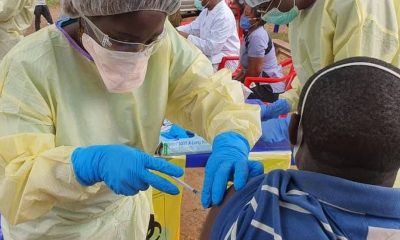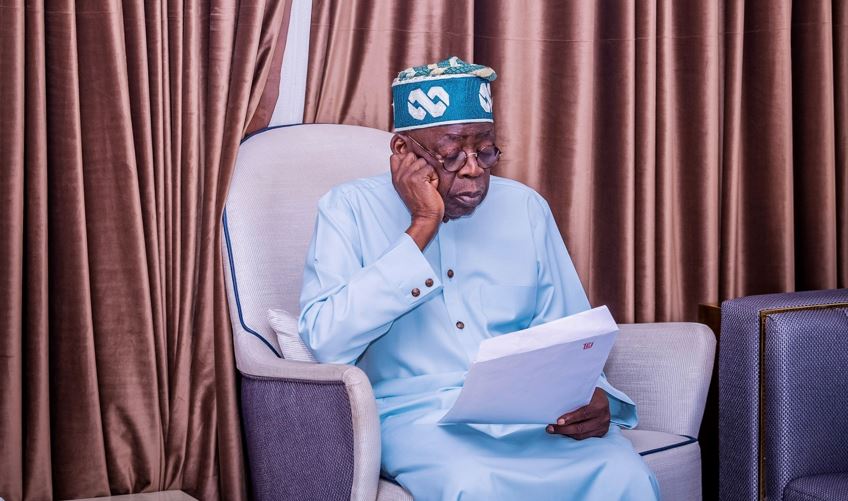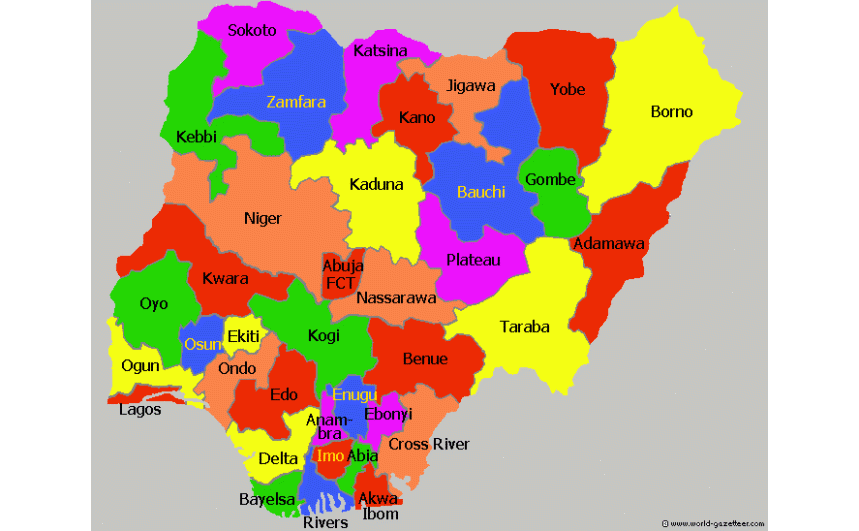Health
How Nigeria Beat Ebola
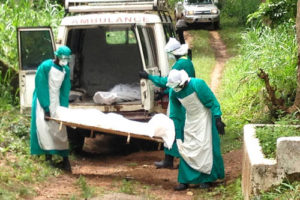
Nigeria has been Ebola-free since it narrowly avoided being sucked into the escalation of the highly contagious haemorrhagic fever outbreak which devastated its neighbours, Guinea, Liberia and Sierra Leone resulting in the loss of over 11,000 lives.
WHO has commended the Nigerian Government for its strong leadership and effective coordination of the response that included the rapid establishment of an Emergency Operations Centre headed by Dr Faisal Shuaib, an advisor to the Minister for Health, who was at the centre of the country’s efforts to eradicate polio.
Dr Shuaib said: “The Government’s quick action and deployment of the necessary resources was key to averting a disaster. The circumstances were hugely challenging but we hit the ground running and there was good collaboration across all sectors involved. We were also fortunate in that Nigeria has a first rate virology laboratory affiliated with the Lagos University Teaching Hospital.”
The West Africa Ebola outbreak was the worst since the virus was first identified in 1976, and influenced the drafting of the Sendai Framework for Disaster Risk Reduction which emphasizes the need to enhance the resilience of national health systems and to integrate disaster risk management into health care.
Poverty, lack of preparedness and risk information, combined with inadequate health resources, made West Africa especially vulnerable, driving up exposure and fuelling the spread of the virus from March 2014 to January 2016 when WHO declared Liberia to be Ebola-free.
There was major alarm when the first case was reported in the sprawling Nigerian capital Lagos in July 2014, home to over 20 million people.
A diplomat who had been caring for a relative who died of Ebola in Liberia, and was already ill with the fever, managed to board a commercial fight to Lagos with the intention of visiting a faith healer.
He was admitted to a private hospital where he had to be physically restrained by a brave female doctor as he tried to flee the isolation unit. Both he and the doctor died. Matters were further complicated when another case was identified in the bustling oil centre of Port Harcourt.
Dr Margaret Lamunu, a veteran of WHO’s work on disease control in humanitarian crises, saw her family once during the 15 months she worked on the Ebola crisis. She was re-deployed from Sierra Leone to support the response in Nigeria when the news broke of the first case.
Commenting on the experience, Dr Lamunu said: “There was a huge difference in response capacity in Nigeria and what was possible in Guinea, Sierra Leone and Liberia where you can almost count the numbers of doctors on one hand.
“In Nigeria we had people with Masters degrees doing the tracing work and there was no shortage of qualified medical personnel and lab facilities. All the resources necessary were mobilised quickly. The national Government, the public, partners, and the global community were concerned about it getting out of control.
“There was great detective work in tracking down hundreds of contacts and the Nigerian Federal Ministry of Health, CDC (US Centre for Disease Control and Prevention), Médecins Sans Frontières, the Nigerian Red Cross and many other partners deserve much credit for how they managed to contain the risk of a major health disaster.”
A total of 894 contacts were linked directly to the original case. A further 526 contacts were linked to a health care worker who died in Port Harcourt. Altogether 18,500 face-to-face visits were carried out to check for fever and other symptoms. The high rate of literacy in the general population made it easier to carry out information campaigns by comparison with Guinea, Sierra Leone and Liberia.
By the time Nigeria was declared Ebola-free in October 2014, there were 19 infected individuals in addition to the index case from Liberia, 7 of whom died. These included eleven health care workers, 5 of whom paid the ultimate price for their courageous and successful efforts at containing the epidemic.
Dr Chadia Wannous, UNISDR health focal point, noted: “The experience of Nigeria when contrasted with that of other affected countries underlines how important it is to enhance the capacity of low-income developing countries to manage not just emergencies and disasters but the underlying risks. This requires resilient health systems with trained personnel, risk information and risk communication systems, logistics and supply chain structures, financing mechanisms and solid health governance as we have seen in Nigeria.”
She also highlighted the significant role played by the community, with teams of “social mobilizers” reaching thousands of households with health information and facilitating understanding so that fear and mistrust do not hinder mounting an effective response.
UNISDR is currently collaborating with WHO, UNDP and other partners to implement a project in Ebola-affected Sierra Leone, Liberia and Guinea to “accelerate the implementation of the Sendai Framework with risk-informed health systems”.
The project, funded by the government of Japan, aims to enhance collaboration between disaster risk management and health authorities and integrate health into disaster risk management structures and at the same time integrate risk management into the health sector. By doing so, it is expected that the project will further contribute to reducing mortality due to health emergencies and other types of disasters.
Reducing global disaster mortality is the theme of this year’s International Day for Disaster Reduction, October 13.
Health
SUNU Health Named Most Customer Focused HMO of the Year

By Modupe Gbadeyanka
The decision of the management of SUNU Health Nigeria Limited to adopt the strategy of placing the enrollee and customer at the heart of its operations has started to pay off.
The company was recently announced as Most Customer-Focused Health Insurance Company of the Year at the Customer Service Standard Magazine Awards 2025.
The recognition underscored the company’s success in translating its dedication into tangible enrollee satisfaction and superior market service at the Nigerian Health Maintenance Organisation (HMO) landscape.
It also highlights the organisation’s dedicated efforts in streamlining claims processing, enhancing access to quality healthcare providers, and maintaining transparent, responsive communication channels with its diverse client base across Nigeria.
The accolade further serves as a powerful testament to the successful integration of digital solutions and human-centric service models at SUNU Health.
It positions the firm as a leader not only in providing robust health plans but also in delivering the supportive, personalized care that enrollees truly value.
“Clinching the Most Customer-Focused Health Insurance Company of the Year award is not just an honour; it is a validation of the core philosophy that drives every member of the SUNU Health team.
“We believe that healthcare is fundamentally a service industry, and our success is measured by the well-being and satisfaction of our enrollees,” the chief executive of SUNU Health, Mr Patrick Korie, commented.
“This award reinforces our resolve to continuously innovate and set new benchmarks for customer experience in the Nigerian health insurance sector.
“Our commitment to providing accessible, high-quality, and seamless healthcare solutions remains our top priority as we move into the new year (2026),” he added.
Health
Nigeria Launches First National Antimicrobial Resistance Survey
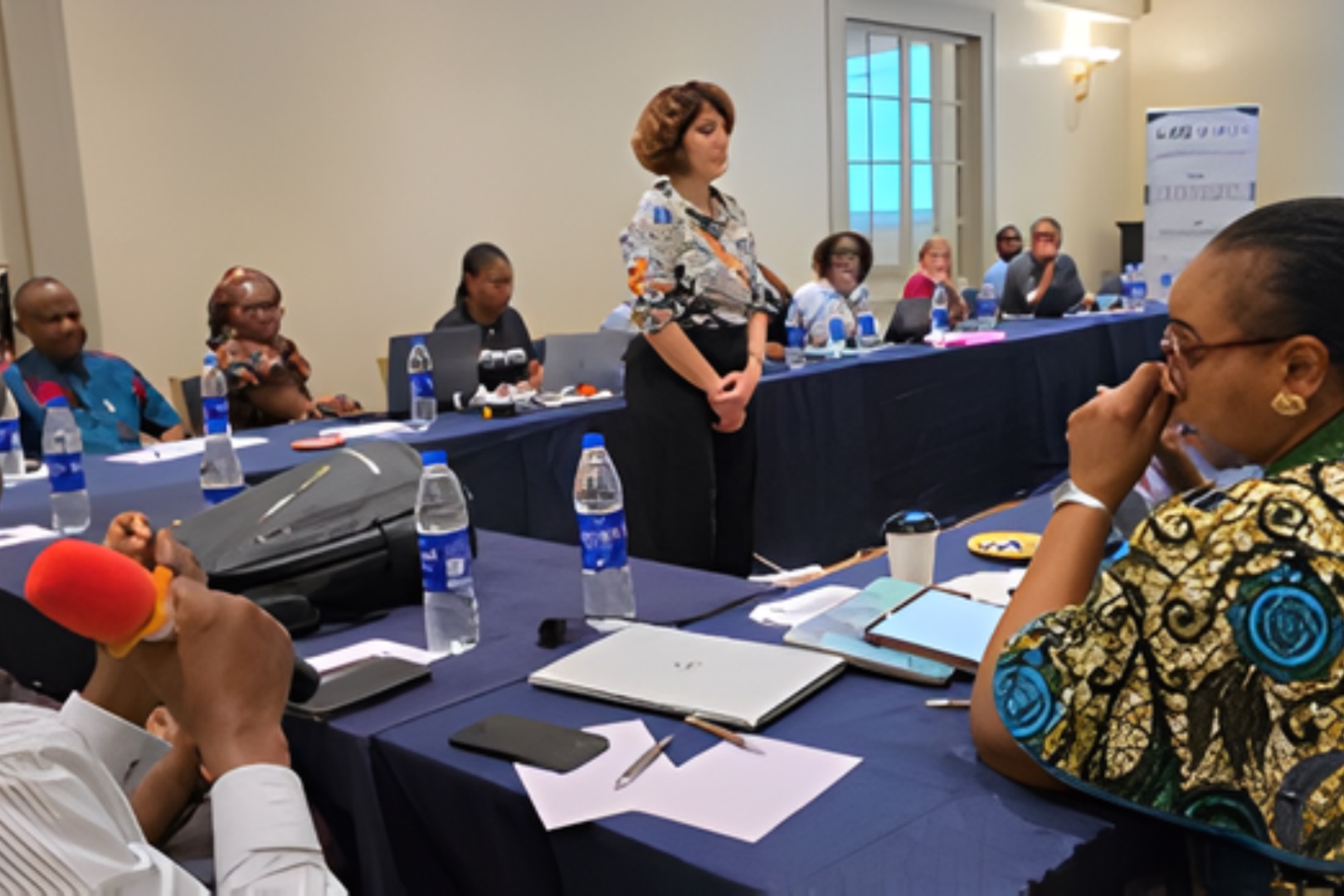
By Adedapo Adesanya
Nigeria has launched its first nationally representative survey on antimicrobial resistance to generate critical data to guide evidence-based policies, improve patient outcomes, and strengthen health system resilience.
Antimicrobial resistance occurs when bacteria, viruses, fungi, and parasites evolve to resist treatment, making infections harder to cure.
As a result, surveillance is essential to track resistance patterns, identify priority pathogens, and guide targeted interventions and with support from the World Health Organization (WHO) and other partners, the initiative marks a milestone in the country’s public health response.
Nigeria becomes the third country globally to partner with WHO on a national antimicrobial resistance survey. having been selected based on the country’s strong commitment to AMR surveillance, its updated WHO Nigeria NAP 2.0, and readiness to expand laboratory and data systems.
Africa’s most populous country ranks 20th globally for age-standardized mortality due to antimicrobial resistance . In 2019, an estimated 263,400 deaths in Nigeria were linked to it—more than the combined deaths from enteric infections, tuberculosis, respiratory infections, maternal and neonatal disorders, neglected tropical diseases, malaria, and cardiovascular diseases.
Globally, resistant infections in tertiary care settings cost between $2,371 and $29,289 per patient episode, extend hospital stays by an average of 7.4 days, and increase mortality risk by 84 per cent.
The survey will see the establishment of a national baseline on antimicrobial resistance prevalence to monitor interventions, assess the distribution, burden (morbidity, mortality, DALYs, cost), and diversity of AMR across regions and populations, as well as contribute to the global target of reducing AMR deaths by 10 per cent by 2030, in line with the political declaration endorsed at the 79th United Nations General Assembly in 2024.
It also seeks to strengthen routine antimicrobial resistance surveillance, including diagnostics, sample referral systems, and laboratory capacity.
Using WHO’s standardized methodology, the survey will run for 12–15 months and cover 40–45 randomly selected health facilities nationwide. Patients with suspected bloodstream infections (BSIs) will be identified using standard case definitions, and blood samples will be analysed in quality-assured laboratories.
Data will be collected across all age groups, covering clinical, demographic, laboratory, financial, and outcome indicators. Follow-up will occur at discharge, 28 days, and three months post-infection. The survey will sample approximately 35,000 patients suspected of BSIs to obtain around 800 isolates of the most common pathogens.
Dr Tochi Okwor, Acting Head, Disease Prevention and Health Promotion, Nigeria Centre for Disease Control and Prevention (NCDC) said, “With WHO’s support, we are confident the survey will generate the evidence needed to protect public health.”
WHO Representative in Nigeria, Dr Pavel Ursu, reaffirmed WHO’s commitment stating that ,“Nigeria is taking a decisive step toward combating AMR with an approach grounded in data, science, and measurable impact. This survey will provide the clarity needed to drive smarter policies, stronger surveillance, and better patient outcomes. Nigeria is laying the foundations for a resilient health system, one that protects lives, strengthens trust, and ensures that essential medicines remain effective for future generations.”
Adding her input, Dr Laetitia Gahimbare, Technical Officer at WHO Regional Office for Africa, added:“Strengthening surveillance enhances Nigeria’s capacity to detect and respond to AMR threats, supporting better patient outcomes, reinforcing health security, and building a resilient system.”
Professor Babatunde Ogunbosi, Paediatric Infectious Diseases Specialist at University College Hospital, Ibadan, highlighted the broader impact:, “This survey is about more than data. It’s about building national capacity for research, diagnostics, and policy. It integrates science into public health decision-making.”
Health
Our Vision Extends Beyond Offering Health Insurance Packages—SUNU Health
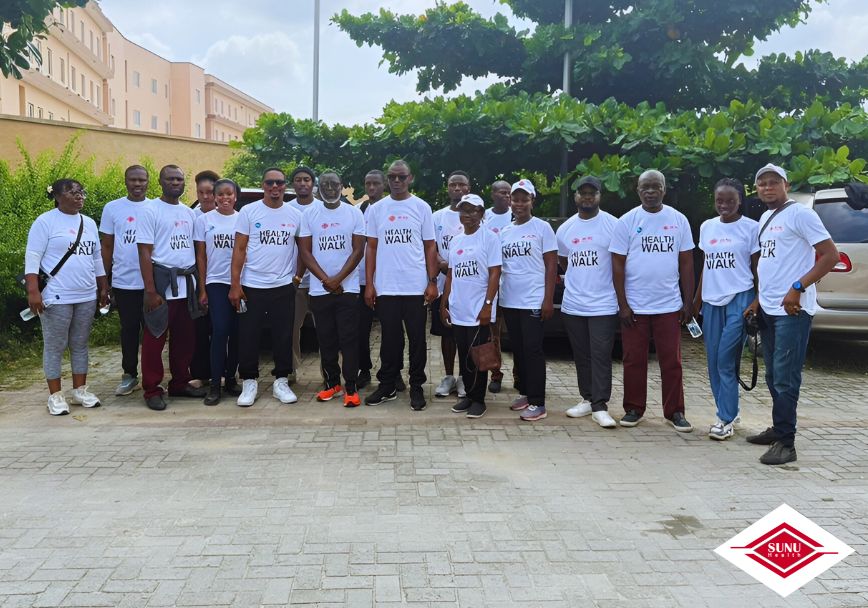
By Modupe Gbadeyanka
One of the leading Health Maintenance Organisations (HMOs) in Nigeria, SUNU Health, has said its philosophy is proactive wellness, noting that this was why it recently partnered with The Divine Physician and St. Luke Catholic Chaplaincy Centre for a community health initiative.
The chief executive of the company, Dr Patrick Korie, said, “SUNU Health’s vision extends far beyond merely offering health packages and insurance.”
“We are fundamentally interested in proactive wellness—preventing illness rather than just treating it. This annual exercise is a crucial part of that commitment, and we will continue to champion it for as long as we exist,” he stressed.
The medical practitioner led the company’s annual Health Walk in Lagos on Saturday, November 8, 2025. The event drew hundreds of health enthusiasts, including the Chaplain of the centre, Rev Fr. John Okoria SJ.
His active participation reinforced the spiritual and moral commitment to holistic well-being, proving crucial in mobilizing staff and community members, thereby ensuring the vital wellness message reached a broad and deeply engaged audience.
The health walk covered several major streets in Lagos, starting from Ishaga Road and navigating through Itire Road, Randle Avenue, Akerele, Ogunlana Drive, and Workers Street before concluding back at the starting point. Following the vigorous walk, participants engaged in a session of high-energy aerobics and other outdoor exercises, reinforcing the day’s focus on fitness.
“We are delighted to champion this vital health initiative alongside the Catholic Chaplaincy Centre LUTH/CMUL. The turnout was truly delightful, reflecting the community’s deep desire to embrace wellness.
“Collaborations like this amplify our message and commitment to the Nigerian community,” the Brand and Corporate Communications Lead at SUNU Health, Mr Samuel Olayemi, stated.
-

 Feature/OPED6 years ago
Feature/OPED6 years agoDavos was Different this year
-
Travel/Tourism9 years ago
Lagos Seals Western Lodge Hotel In Ikorodu
-

 Showbiz3 years ago
Showbiz3 years agoEstranged Lover Releases Videos of Empress Njamah Bathing
-

 Banking8 years ago
Banking8 years agoSort Codes of GTBank Branches in Nigeria
-

 Economy3 years ago
Economy3 years agoSubsidy Removal: CNG at N130 Per Litre Cheaper Than Petrol—IPMAN
-

 Banking3 years ago
Banking3 years agoFirst Bank Announces Planned Downtime
-

 Banking3 years ago
Banking3 years agoSort Codes of UBA Branches in Nigeria
-

 Sports3 years ago
Sports3 years agoHighest Paid Nigerian Footballer – How Much Do Nigerian Footballers Earn





